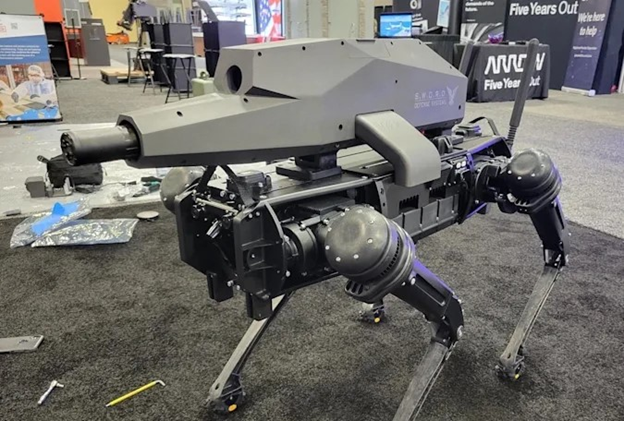
Boston Dynamics, a trailblazer in the field of robotics, has recently unveiled its latest marvel: the new generation “Atlas” robot. This cutting-edge humanoid robot represents a significant leap forward in robotics technology, showcasing an array of advancements that could redefine the industry’s future.
The new Atlas robot is a fully electric platform, marking a departure from the previous hydraulic models. This evolution not only enhances the robot’s efficiency but also its potential for integration into various commercial applications. The electric Atlas is designed to operate in real-world environments, a testament to Boston Dynamics’ commitment to creating robots that are not only technologically impressive but also practically valuable.
One of the most striking features of the new Atlas is its strength and range of motion, which surpasses that of its predecessors. The robot’s advanced control system and state-of-the-art hardware enable it to perform complex tasks with a level of agility and dexterity that mimics human capabilities. This humanoid robot can navigate its surroundings with unprecedented precision, thanks to its depth sensors and real-time perception abilities.
Register for Tekedia Mini-MBA edition 19 (Feb 9 – May 2, 2026): big discounts for early bird.
Tekedia AI in Business Masterclass opens registrations.
Join Tekedia Capital Syndicate and co-invest in great global startups.
Register for Tekedia AI Lab: From Technical Design to Deployment (next edition begins Jan 24 2026).
Boston Dynamics, renowned for its cutting-edge robotics, has developed an impressive array of robots that have captured the world’s attention. Here’s a look at some of their most notable creations.
Spot: This four-legged robot is perhaps the most recognized of Boston Dynamics’ machines. Spot is designed for a variety of applications, from navigating rough terrain to assisting with inspections and data collection in hazardous environments.
Stretch: Stretch is a robot specialized for warehouse operations. It’s equipped to handle tasks such as unloading trucks and moving boxes, aiming to improve efficiency and reduce the physical strain on human workers.
BigDog: Developed initially in 2005, BigDog was one of the earliest robots designed by Boston Dynamics. It was created to serve as a robotic pack mule to accompany soldiers in terrain too rough for conventional vehicles.
Handle: Handle is a robot that combines wheels and legs, allowing it to maneuver in tight spaces and handle objects with great agility. It’s particularly adept at box handling, making it another asset for logistics and warehouse environments.
The development of Atlas has been a journey of innovation and collaboration. Boston Dynamics has partnered with Hyundai to test and iterate Atlas applications, aiming to refine the robot’s functionalities for industrial use. The focus is on creating a robot that can work alongside humans, enhancing productivity and safety in settings such as manufacturing plants.
Atlas’s introduction is not just about the robot itself but also the broader implications for the digital transformation ecosystem. The deployment of autonomous mobile robots like Atlas requires a robust IT infrastructure, employee training, and the establishment of new operational processes. With over 1,500 deployments of its Spot robot, Boston Dynamics has already begun educating companies on how to coexist with autonomous mobile robots.
The new Atlas robot is a beacon of innovation, symbolizing the potential of robotics to expand human potential and transform the way we live and work. As Boston Dynamics continues to push the boundaries of what robots can do, the world watches with anticipation to see how Atlas will shape the future of robotics and automation.



